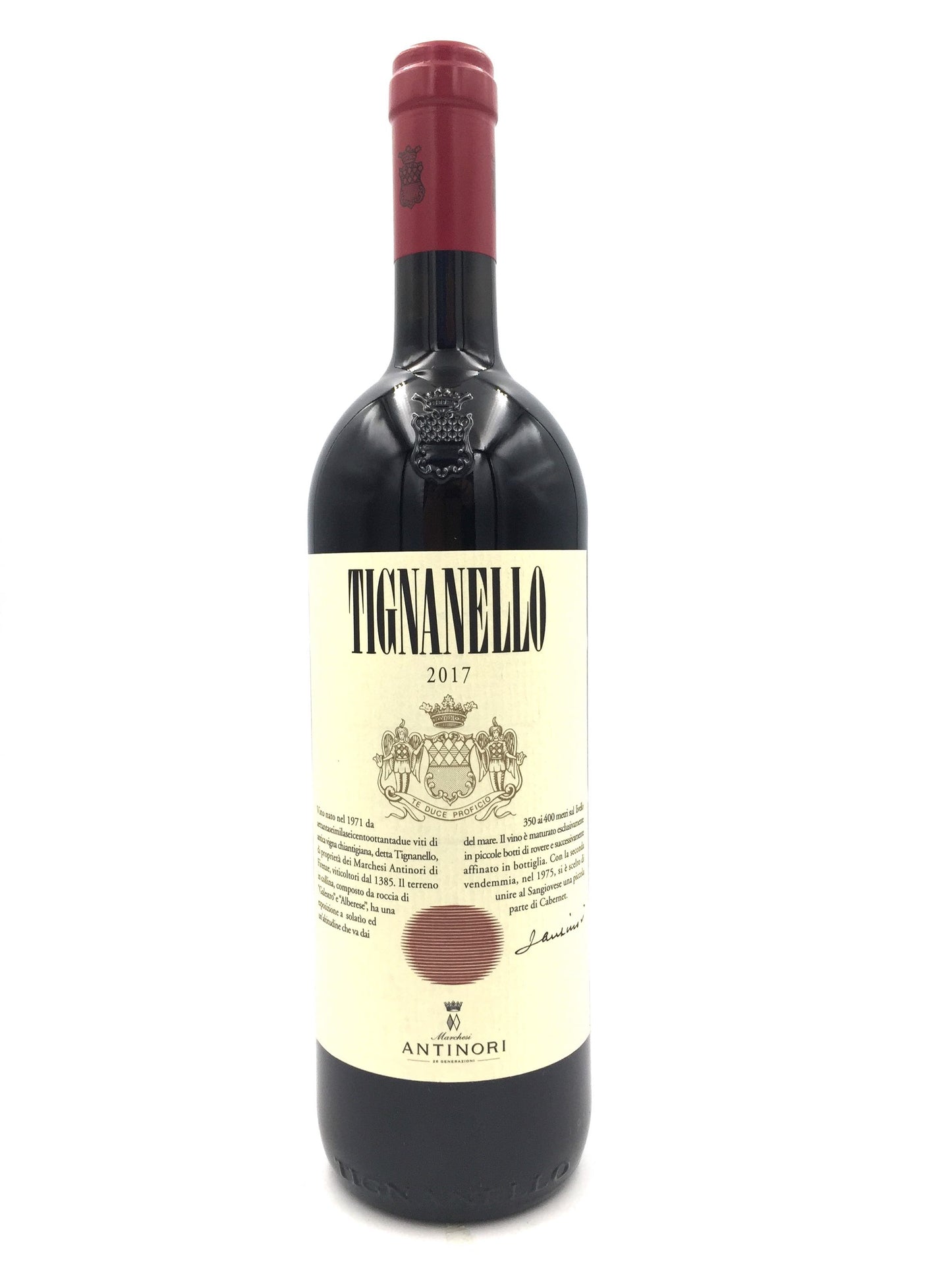2017 Marchesi Antinori Tignanello 75cl.
The 2017 Marchesi Antinori Tignanello is an intensely ruby red wine known for its complex aromas of ripe red fruits like cherries, raspberries, and plums, along with hints of cloves, liquorice, mint, and chocolate. On the palate, it is rich and vibrant with velvety tannins, leading to a long finish that echoes its aromatic notes. This wine has received high ratings, with Robert Parker giving it 96/100, Wine Enthusiast 97/100, and Falstaff 94/100. Tignanello is historically significant as the first Sangiovese aged in barriques and a pioneering blend of traditional and non-traditional grape varieties, including Cabernet. The estate is located in Chianti Classico, with 130 hectares dedicated to vineyards on limestone-rich soils. The 2017 vintage benefited from a unique seasonal progression, with a mild winter and hot, dry summer, followed by beneficial rain in September. Grapes were harvested from September 20th to October 6th. The label, designed by Silvio Coppola in 1974, reflects the wine's prestigious heritage.
The 2017 Marchesi Antinori Tignanello is an intensely ruby red wine known for its complex aromas of ripe red fruits like cherries, raspberries, and plums, along with hints of cloves, liquorice, mint, and chocolate. On the palate, it is rich and vibrant with velvety tannins, leading to a long finish that echoes its aromatic notes. This wine has received high ratings, with Robert Parker giving it 96/100, Wine Enthusiast 97/100, and Falstaff 94/100. Tignanello is historically significant as the first Sangiovese aged in barriques and a pioneering blend of traditional and non-traditional grape varieties, including Cabernet. The estate is located in Chianti Classico, with 130 hectares dedicated to vineyards on limestone-rich soils. The 2017 vintage benefited from a unique seasonal progression, with a mild winter and hot, dry summer, followed by beneficial rain in September. Grapes were harvested from September 20th to October 6th. The label, designed by Silvio Coppola in 1974, reflects the wine's prestigious heritage.

